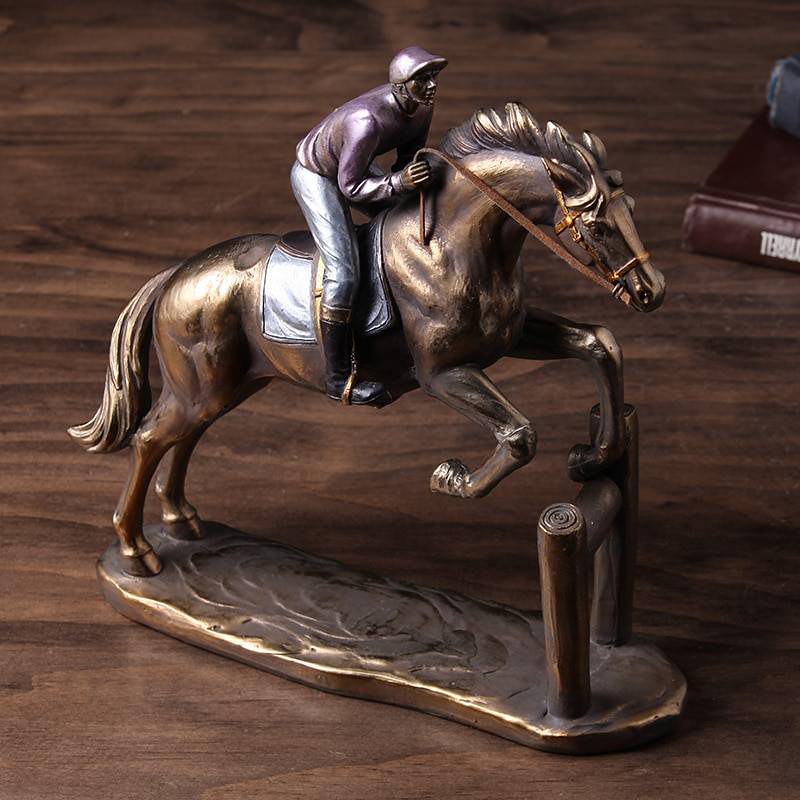How A Lot Forage Does Your Horse Want To Stay Heat This Winter?
Because the temperature drops, horses burn extra energy to stay heat, therefore their power necessities will improve. We will provide our horses additional power in the form of concentrates and forage. Forages are digested by the microbes in your horses large intestine and produce extra heat than concentrates. A terrific analogy is to compare focus and forage to your wooden stove. Concentrates are your kindling and Forage are the logs. Ideally a horse would obtain free selection hay all through the winter. How much additional forage does your horse want to stay warm? Then they can regulate if they want more or less throughout the day and night time. A few of us have straightforward keepers who would not do properly on free alternative hay! For these horses, we need to regulate their intake. Weigh out their hay and provide it in small hole hay nets to prolong their amount of chew time. The very first thing you have to do is learn the way much your horse weighs. Utilizing body length plus heart girth tends to be more accurate. I recommend using the next method versus a weight tape that solely wraps around the center girth. Utilizing a gentle measuring tape (the type usually present in sewing kits) measure your horses heart girth and write the variety of inches down. Next, measure the physique length from level of shoulder to level of hip, and write it down. Write down the HG and BL additionally, it will help ensure you that you're measuring at the same location every time. Ensure you write all of it right down to check with all through the winter. If you're a few inches off, almost certainly you might be measuring from just6f.com/horse-statues/ a barely totally different location (until you can inform by looking that your horse has obviously gained or misplaced weight). Attempt to search out landmarks. Paint horses have great landmarks! Now that you know the way a lot your horse weighs, you'll be able to work out how a lot hay he needs to eat. Your common horse in ultimate weight ought to eat 2% of his physique weight. Some arduous keepers require upwards of 2.5% of physique weight. If you have an overweight horse, you can drop down to 1.5% of his body weight, but no less than that or you will be creating a complete different set of issues! 23lb of hay per day. Max weighs 1,159lb and must eat 2% of his body weight. When the temperature drops beneath forty five levels F (including wind chill) horses begin to burn extra vitality to stay heat. This 45 diploma mark known as "Important Temperature". For every 1 degree F under the crucial temperature, your horse will require a 1% improve in digestible power (DE). As with every little thing horse associated, there are a lot of variables to this rule, equivalent to wind chill, rain/sleet, your horses coat thickness or if you blanket. Think of digestible vitality like your horses calorie requirement. Since horse nutrition is 90% math, lets get back to that! If I continue with the math we'd calculate your horse's DE necessities, subsequent calculate how a lot further DE is needed on your current temperature, next take a look at your hay to see precisely how much DE it provides per pound, lastly calculate how much further hay will provide the additional DE required for the present temperature. If it is 20 levels F where our buddy Max lives he would need a further 2 1/2-5lb of hay. This guideline is for horses at maintenance or light work. Extra hay will likely be wanted if your horse is a hard keeper, in heavy work, or on poor high quality hay.

